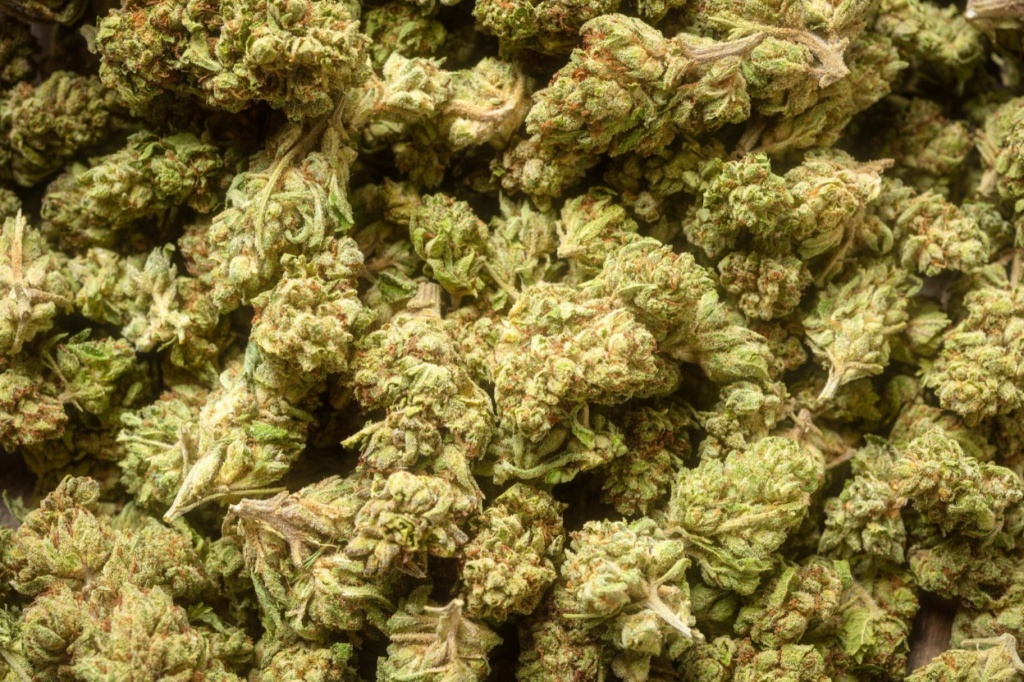This is the biggest misconception about weed

Most cannabis customers, and as a result, many cannabis brands, use THC percentage as the default metric for value and quality. Walk into almost any dispensary, and you’ll find flower priced and promoted based almost entirely on potency. But continuing to judge cannabis on a single criterion does a disservice to customers, talented cultivators, and hinders growth in new consumers. Here’s why it’s time to move on from potency.
THC is the main psychoactive compound in cannabis, but it’s far from the only compound that matters. Most consumers can only process up to about 20 percent THC before their receptors saturate. Beyond that point, higher numbers often don’t correlate to stronger or better experiences. In some cases, they even lead to overwhelming, uncomfortable highs. This is especially true for new or inexperienced consumers.
RELATED: What does bad weed look like?
THC is an inconsistent and unreliable metric. Potency can vary within a single plant, from top colas to lower buds, and testing across batches only increases that variability. THC also degrades over time and behaves differently in different consumption methods. A joint and an edible containing the same THC percentage can produce radically different experiences because the body processes them in entirely different ways.
A heavy focus on THC also encourages cultivators to “lab shop.” This is where producers seek out labs that return the highest THC numbers. It creates a broken system where lab results serve marketing more than science. Lab testing should be focused on consumer safety items such as pesticides and heavy metals.
Growers are increasingly pressured to abandon unique, flavorful, or medicinal cultivars simply because they don’t test above 25 percent THC. That means we’re losing genetic diversity, terpene-rich strains, and valuable experiences that don’t fit neatly into the “high THC equals better weed” narrative.
Even more concerning, this trend discourages long-term consumer growth. Many of the new customers entering the cannabis space today are looking for wellness benefits, creativity, relaxation, or better sleep. Most do not want to be overwhelmed by the highest-potency product on the shelf. If their first cannabis experience is too intense, they’re unlikely to return. In a growing but still fragile industry, that’s a risk we can’t afford.
Marketing and branding efforts are further hampered by the restrictive nature of cannabis still being classified as a Schedule I drug.
RELATED: Your weed dispensary may be illegal – here’s how to tell
It’s clear that focusing on THC potency is misleading, but what should replace it? A few alternatives offer promise:
- Terpene profiles: Terpenes drive flavor, aroma, and many psychoactive effects. They’re a better predictor of experience than THC alone, and much more useful for consumers looking to tailor their cannabis use.
- Effect-based categorization: Moving away from outdated “sativa” and “indica” labels and toward functional descriptors like “relax,” “focus,” or “sleep” would improve clarity and consistency across brands. Unfortunately, much of the industry’s technological backbone requires sativa, indica, and hybrid to categorize products.
- Visual systems and simplified ratings: Color coding, icons, or experience wheels can help consumers navigate their options without needing to understand cannabinoid chemistry.
- Consumers can record the products they use and then track effects and match them up with the lab results on the package. This is incredibly personalized, but also time-consuming and excessive.
- AI can be useful, and many tools such as Cannaleptic, Canalytics, and Terpli are emerging to assist customers with choosing the correct product for the desired outcomes.
- Eliminating THC percentages from flower compliance labeling: For flower and non-infused prerolls, THC percentages may be unnecessary altogether. Much like we don’t sell coffee beans based on caffeine content, cannabis flower can and should be marketed on more holistic, experience-based factors.
RELATED: Can you ship weed? The answer may surprise you
Cannabis is a complex plant, and consumers deserve more than a one-dimensional number. We need to move beyond THC percentages and embrace a broader language and one that reflects the real qualities that make cannabis valuable: its flavor, aroma, effects, and ability to meet each consumer’s unique needs.
*This article was submitted by a guest contributor. The author is solely responsible for the content.